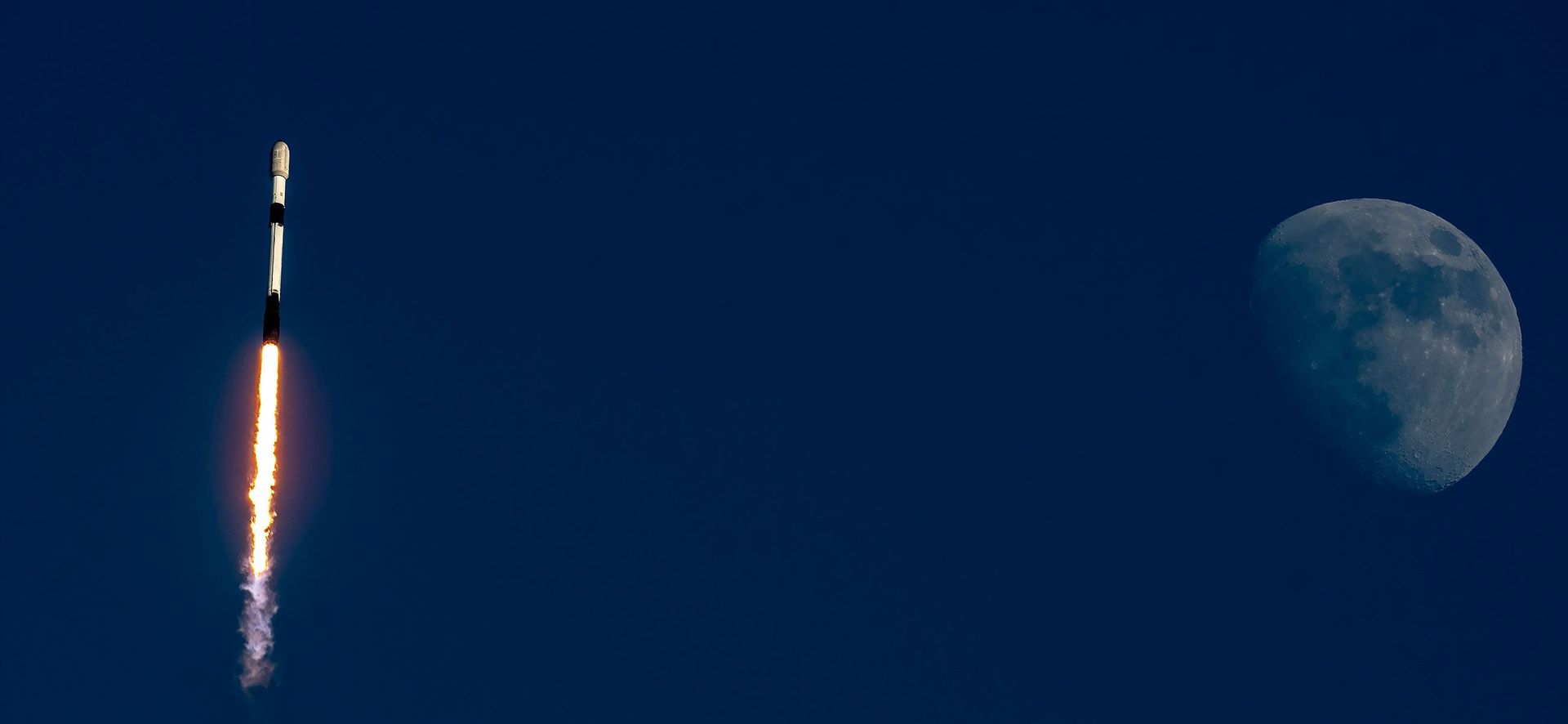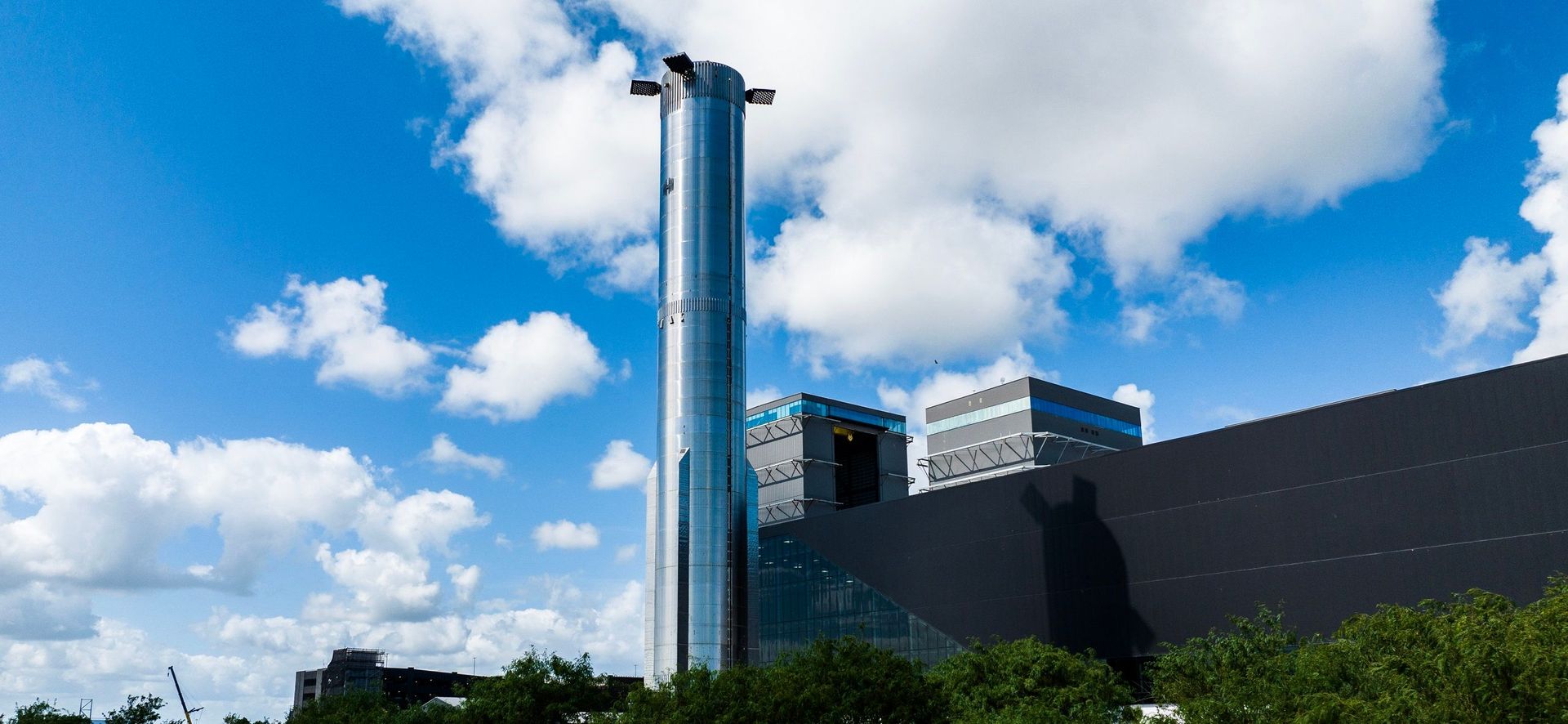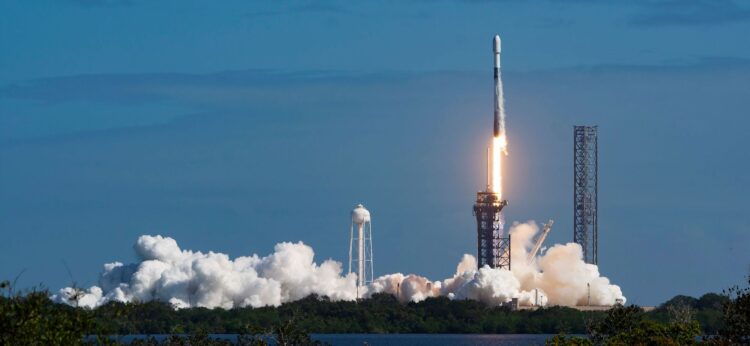Space plans a pioneering test in orbit to load fuel from one Starship into another after March 2025. SpaceX describes this as a major technical milestone marking a step towards the company landing an uncrewed Starship on the moon—that could follow NASA’s Artemis program to land astronauts on the lunar surface again. SpaceX was awarded a $4.05 billion contract to create two lunar landing Starship vehicles for a crewed lunar mission in September 2026. It will be the first human return to the moon since the Apollo missions and an important goal of NASA and the commercial space sector.
While NASA hasn’t officially commented on SpaceX’s ambitions of autonomous docking the new spacesuit’s lunar module to her goal of achieving a full test campaign, Kent Chojnacki, deputy manager of NASA’s Human Landing System (HLS) program, has explained that NASA has been involved with SpaceX’s mission. This comes on the heels of five successful Starship launches, with just one Stock performance seat belonging to founder Elon Musk. This latest initiative comes after SpaceX used ‘chopsticks’ to catch the Super Heavy booster mid-air during a spectacular Oct. 22 launch. For example, Chojnacki said that Starship’s lunar or deep space missions capacity will be “built into” the March propellant transfer test, a “building block” to allow for large-scale cargo missions beyond Earth’s orbit.

Designing for the moon: SpaceX meets NASA’s rigorous criteria
NASA and SpaceX are working to ensure that the Starship meets rigorous technical standards for lunar operations. Unlike the more traditional Space Launch System (SLS) program, which operates under a “cost-plus” model and incurs high launch costs for NASA, the HLS program uses a fixed-price contract. For SpaceX, this means a one-time $2.99 billion payment contingent on reaching specific milestones. This model gives SpaceX greater flexibility in designing and testing Starship, with NASA specifying 27 core requirements for the lunar mission, which SpaceX must meet in its final vehicle design.
The HLS program includes critical design evaluations, including the upcoming Critical Design Review (CDR) for summer 2025. This review will allow NASA to verify the design of the Starship against the safety and functionality standards needed for the lunar mission. In preparation, SpaceX is building a detailed Starship cabin mockup at its Boca Chica facility, complete with sleeping quarters and laboratory spaces, with input from NASA astronauts who meet regularly to refine design aspects.

Building the path to 2026: NASA’s role in refining Starship’s systems
SpaceX’s progress in the HLS program represents NASA’s desire to maintain innovative design approaches while maintaining safety standards. NASA has shared its expertise on particular Starship components, such as the rocket’s cryogenic fuel system, and tested Starship’s thermal tiles to ensure they perform in hostile conditions. Its past NASA programs were entirely different—NASA shared with SpaceX a higher level of flexibility in meeting the set requirements.
By sticking to the timelines, Starship could make an uncrewed lunar demonstration flight within the next two years, hoping to fly with astronauts on the lunar surface in September 2026. This is a major chapter in lunar exploration. While operational by NASA and SpaceX, the system continues to be refined in advance of these agencies’ upcoming deep space commercial ventures.
Image credit: SpaceX





